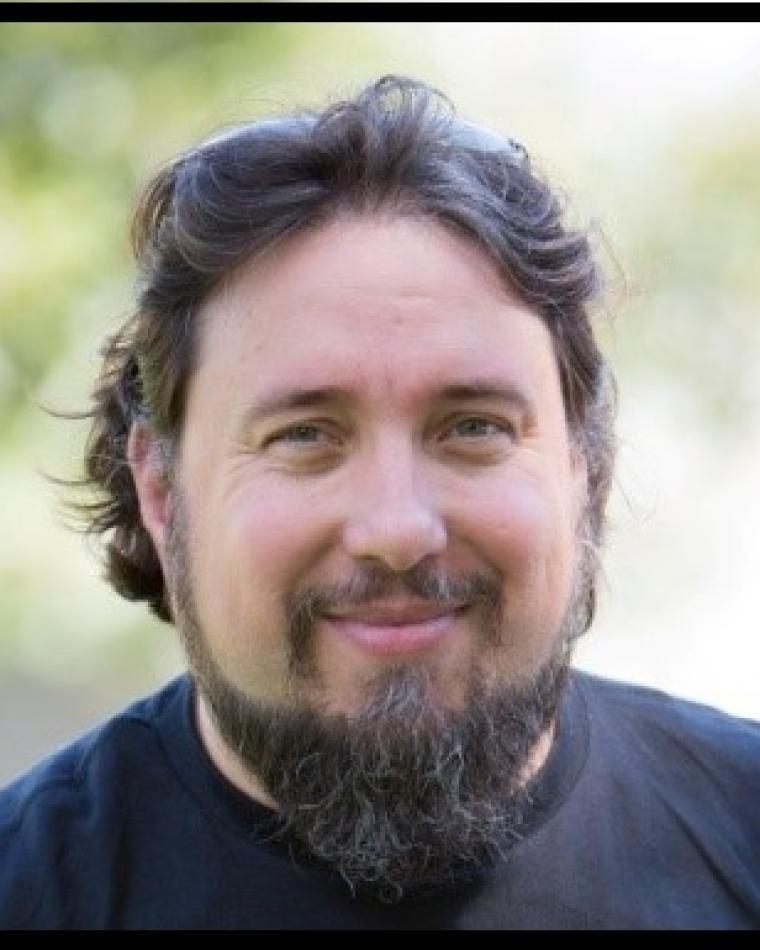
Mauricio (Mau) de Lima Lopes
Mauricio (Mau) de Lima Lopes
Contact Menu
Mauricio Lopes Remembered
February 8, 2017 (PO53). Mauricio (Mau) de Lima Lopes, a scientist in the Fermilab Technical Division, passed away on January 3, 2017. He was 41 years old.
In January 2005, while completing his Ph.D. research, Mau was hired to work on the ALBA Light Source in Barcelona as a magnet designer. Mau was responsible for the design of room temperature magnets for the storage ring, booster ring, and transfer lines. Mau completed his Ph.D. in December 2005 and continued to work at ALBA through early 2007.
In 2007 Mau came to Fermilab, starting as a postdoc, then later promoted to staff scientist, in the Fermilab Technical Division Magnet Systems Department. Mau spent the next ten years expanding his considerable talents as a magnet designer to superconducting magnet technology. Mau worked on magnet designs for several projects important to the Fermilab and the greater High Energy Physics (HEP) community, such magnets for International Linear Collider interaction region and Muon collider cooling channels. His body of work is documented in numerous publications and conference proceedings.
Arguably, his most important contributions were made to the Fermilab muon to electron (Mu2e) experiment. Starting in 2010, Mau took on the important task of the magnetic design of the Mu2e Transport Solenoid (TS) magnets. As the name implies these solenoid magnets are responsible for the transport of muons from the production target to the stopping target. TS has a unique “S” shape geometry. The magnetic design had to strictly adhere to field requirements in curved and adjoining straight sections. The design had to meet these field requirements under all construction tolerance scenarios. To facilitate these studies, Mau developed his own suite of analysis programs called SolCalc. With its user-friendly interface and graphic interface, these programs allowed him to construct and analyze in a straightforward manner hundreds of magnetic models within the design systematic and random fabrication tolerances. This analysis, in turn, enabled him to identify for the project those tolerances that were key to the TS fabrication.
Mau continued to expand his contributions to the Mu2e project. Along with the TS design, Mau was given responsibility for overseeing the magnetic model for the entire Mu2e experiment. Mau worked closely with the Mu2e collaboration, generating field maps for studying beam transport and background studies, as well as conducting beam transport studies on his own.
In 2013 he became the deputy project manager for the Mu2e TS and a year later became the TS manager. As the TS leader, he was responsible for both the technical design and cost and schedule for this part of the Mu2e project. As such he was the technical interface with between the Mu2e project and the vendor responsible for the fabrication of the TS coils and was pivotal in establishing our ongoing TS fabrication campaign.
In addition to his contribution to the field of magnet technology, Mau often talked about his passion for teaching. Mau taught and co-taught several classes at the United States Particle Accelerator School (USPAS) in the field of magnet technology. In 2014 he received recognition for exemplary performance as a USPAS instructor from both USPAS and Fermilab. Over the years he mentored and supervised many summer students from various Fermilab student programs.
Those who worked with Mau or who were mentored by Mau fondly remember his warm personality, his generosity towards others and his wonderful sense of humor. He will be deeply missed.
Giorgio Ambrosio, Andy Hocker, Jeremiah Holzbauer, Michael Lamm, Vito Lombardo, Ron Ray and Bruce Strauss